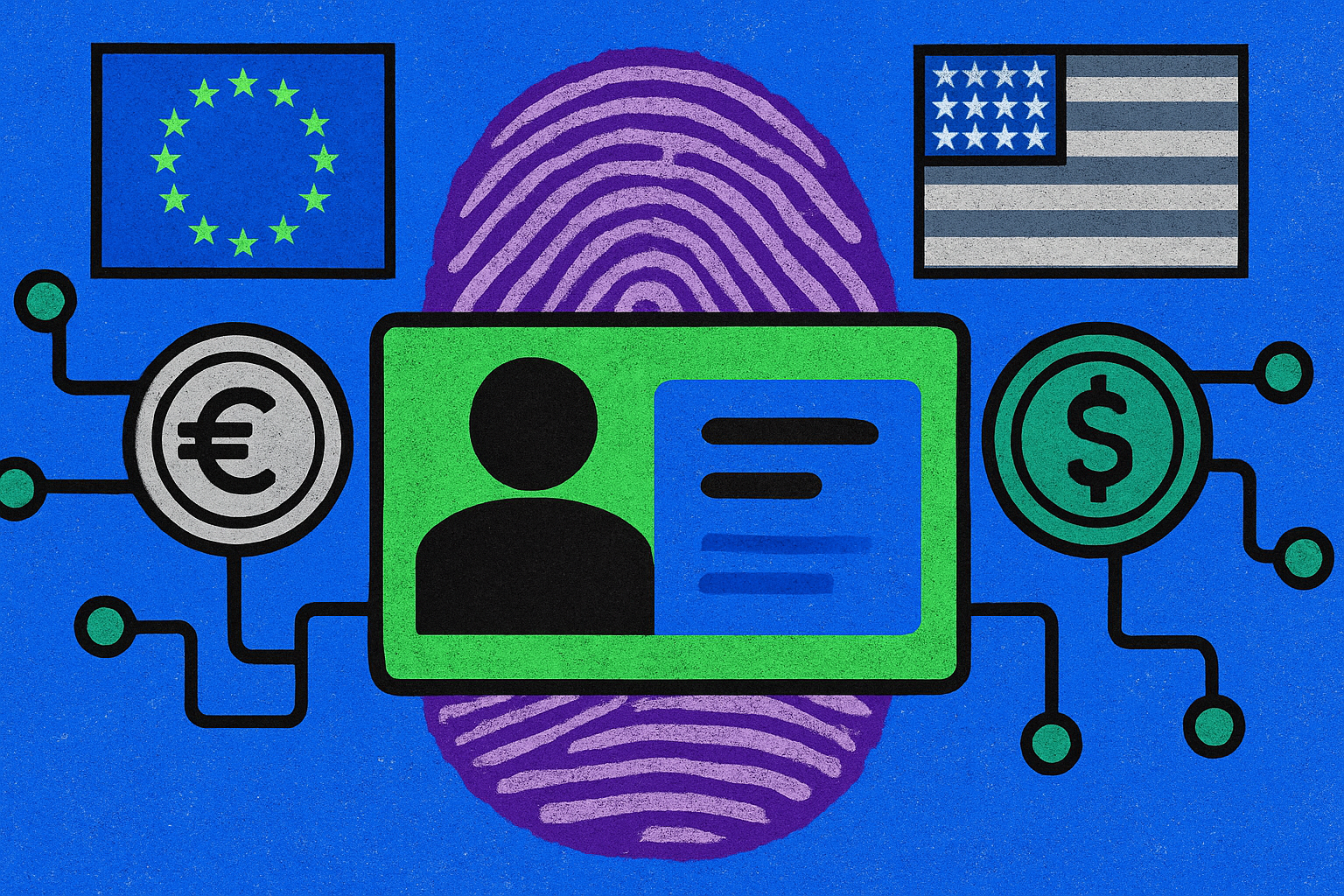
The U. S. digital asset sector is facing a major inflection point as the GENIUS Act, signed into law on July 18,2025, kicks off a new era for stablecoin compliance. The headline: a three-year grace period gives digital asset service providers (DASPs) until July 2028 to bring their operations in line with rigorous new standards. This window is both a lifeline and a challenge, reshaping how USD stablecoin issuers and distributors must approach regulatory risk, compliance investments, and market positioning.

GENIUS Act Stablecoin Grace Period: What’s Actually at Stake?
Let’s cut through the legalese. The GENIUS Act doesn’t just set out to regulate stablecoins in the United States, it rewrites the playbook entirely. Only permitted payment stablecoin issuers (PPSIs) can issue payment stablecoins after the grace period ends. That means banks (or their subsidiaries), licensed nonbanks, and certain qualified foreign issuers are in; everyone else is out.
The three-year grace period isn’t just bureaucratic breathing room, it’s a countdown clock for DASPs to overhaul their business models or risk being sidelined. During this window, existing stablecoins can keep circulating, but by July 2028 every token on offer must be issued by an approved PPSI or registered foreign issuer. No exceptions.
Core Compliance Requirements Under the GENIUS Act
The law’s requirements are surgical in their precision:
GENIUS Act Compliance Essentials for USD Stablecoin Issuers
-
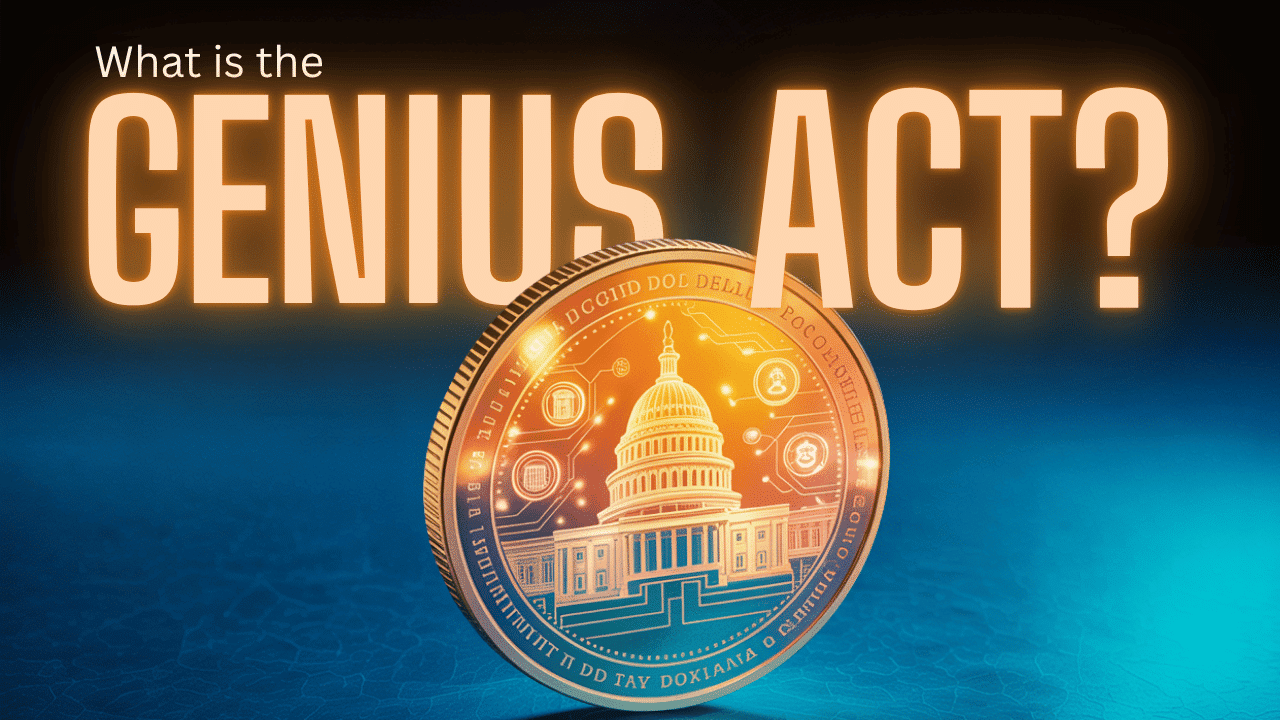
Obtain Permitted Payment Stablecoin Issuer (PPSI) Status: Only subsidiaries of insured depository institutions, nonbanks with state or federal licenses, and qualified foreign issuers are authorized to issue payment stablecoins in the U.S.
-
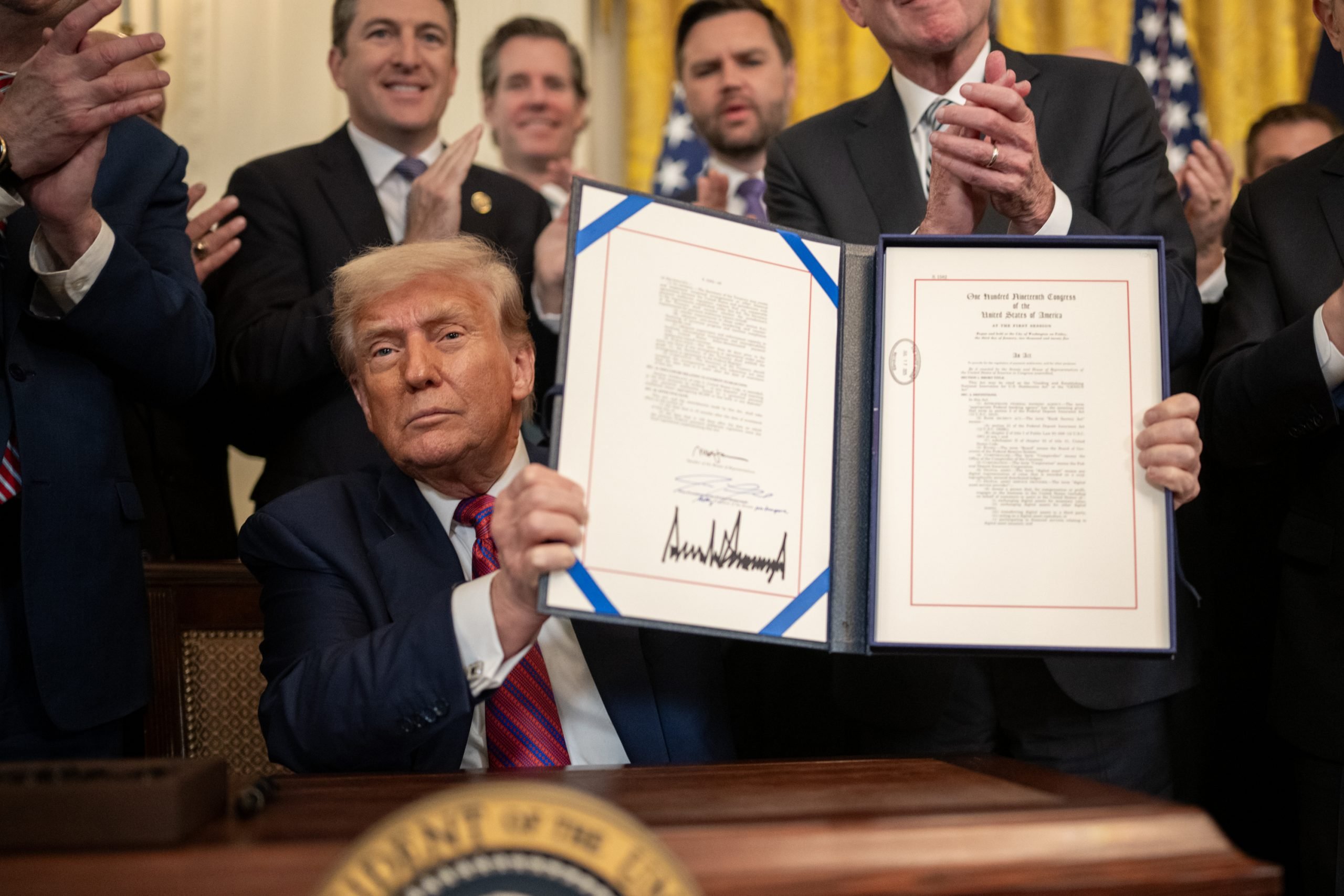
Maintain 1:1 Reserve Backing: Issuers must hold reserves equal to the value of all outstanding stablecoins, using assets such as U.S. coins and currency, insured demand deposits, and U.S. Treasury securities with maturities of 93 days or less.
-

Prohibit Interest or Yield Payments: Stablecoins issued under the Act cannot pay interest or yield, ensuring they function strictly as payment instruments and not investment vehicles.
-

Implement Robust AML and Sanctions Compliance: Issuers must establish and maintain anti-money laundering and sanctions programs, including appointing a dedicated compliance officer to oversee these efforts.
-

Transition Within the 3-Year Grace Period: Digital asset service providers have until July 2028 to ensure all offered stablecoins are issued by compliant PPSIs or registered foreign issuers, allowing time to update operations and compliance frameworks.
Reserve requirements are explicit, stablecoins must be backed 1: 1 with reserves held in U. S. currency, demand deposits at insured depository institutions, or short-term Treasury securities (maturing in 93 days or less). Forget algorithmic backing or exotic collateral structures; if you want to play in this arena post-2028, you need cash and near-cash assets on hand at all times.
No interest payments is another critical pillar. Stablecoins cannot pay yield or interest, period. This move sharply distinguishes payment stablecoins from investment products and aligns with regulators’ intent to limit systemic risks that might arise from treating these assets as pseudo-savings vehicles.
AML and sanctions compliance gets teeth under the new regime. Issuers must implement robust anti-money laundering programs and designate an officer responsible for oversight, a clear signal that federal authorities expect real accountability rather than box-ticking exercises.
How the Grace Period Alters Compliance Strategy for DASPs
This isn’t just about ticking boxes; it’s about strategic survival. The three-year runway gives DASPs time to:
- Audit current stablecoin offerings, identifying which tokens will need phasing out or transitioning to PPSI-compliant versions
- Engage proactively with state and federal regulators, leveraging early dialogue to clarify expectations and avoid nasty surprises as enforcement ramps up
- Overhaul AML/KYC infrastructure, not only meeting but anticipating stricter regulatory scrutiny as final rules are published
- Rework reserve management strategies, shifting away from riskier collateral toward ultra-liquid U. S. -backed assets
- Educate customers and partners, minimizing confusion as legacy tokens are sunsetted and new compliant products take center stage
DASPs that treat this grace period as a mere delay tactic will find themselves scrambling, or worse, excluded, when full enforcement hits in July 2028.
The New Legal Roadmap: Implications for Market Structure and Competition
The GENIUS Act’s phased approach is already shifting competitive dynamics across the U. S. digital asset landscape. Smaller players face tough decisions: invest heavily in compliance infrastructure or exit the market altogether? Meanwhile, established banks and well-capitalized fintechs see opportunity, if they can move fast enough to secure PPSI status before demand consolidates around compliant tokens.
For stablecoin users, the transition will be anything but invisible. Expect to see a wave of token migrations, delistings, and new wallet integrations as DASPs race to align with the GENIUS Act’s requirements. Liquidity may fragment in the short term as legacy stablecoins are phased out and only PPSI-issued tokens remain above board. The days of frictionless stablecoin swaps between dozens of issuers are numbered, by July 2028, only those with regulatory credentials will survive.
One overlooked angle: cross-border implications. The Act allows qualified foreign issuers to play ball, but only if they register and meet U. S. -level reserve and AML standards. This means global players seeking dollar liquidity must either build local compliance muscle or risk being cut off from American markets entirely. For multinational exchanges and wallets, that’s a seismic shift, one that could redraw partnership lines across continents.
What Should DASPs Do Now? A Practical Action List
Top 5 Action Steps for DASPs During the GENIUS Act Grace Period
-
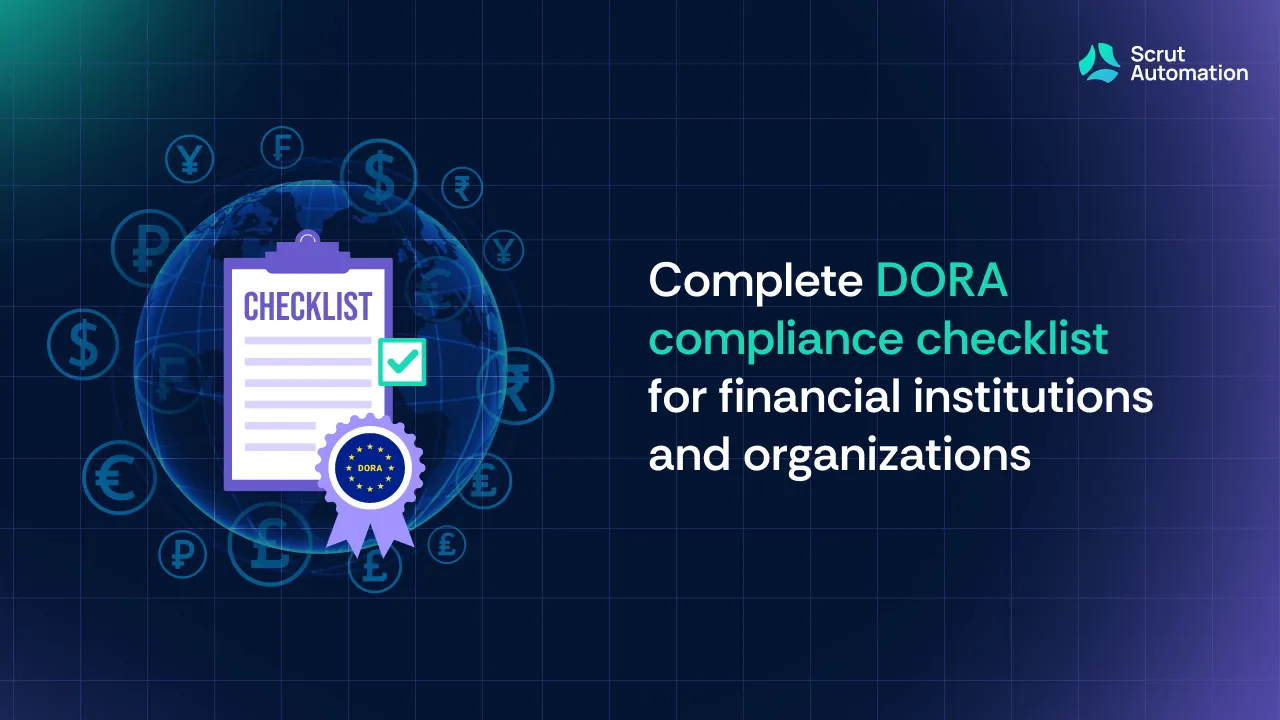
1. Conduct a Comprehensive Compliance Gap AssessmentIdentify where your current stablecoin offerings and operations diverge from the GENIUS Act’s requirements—especially regarding issuer status, reserve composition, and AML protocols. This audit will inform your transition roadmap.
-

2. Transition to Permitted Payment Stablecoin Issuers (PPSIs)Review your stablecoin partners and ensure all stablecoins offered by July 2028 are issued by federally or state-licensed PPSIs, subsidiaries of insured depository institutions, or qualified foreign issuers. Begin due diligence on potential PPSI partners now.
-
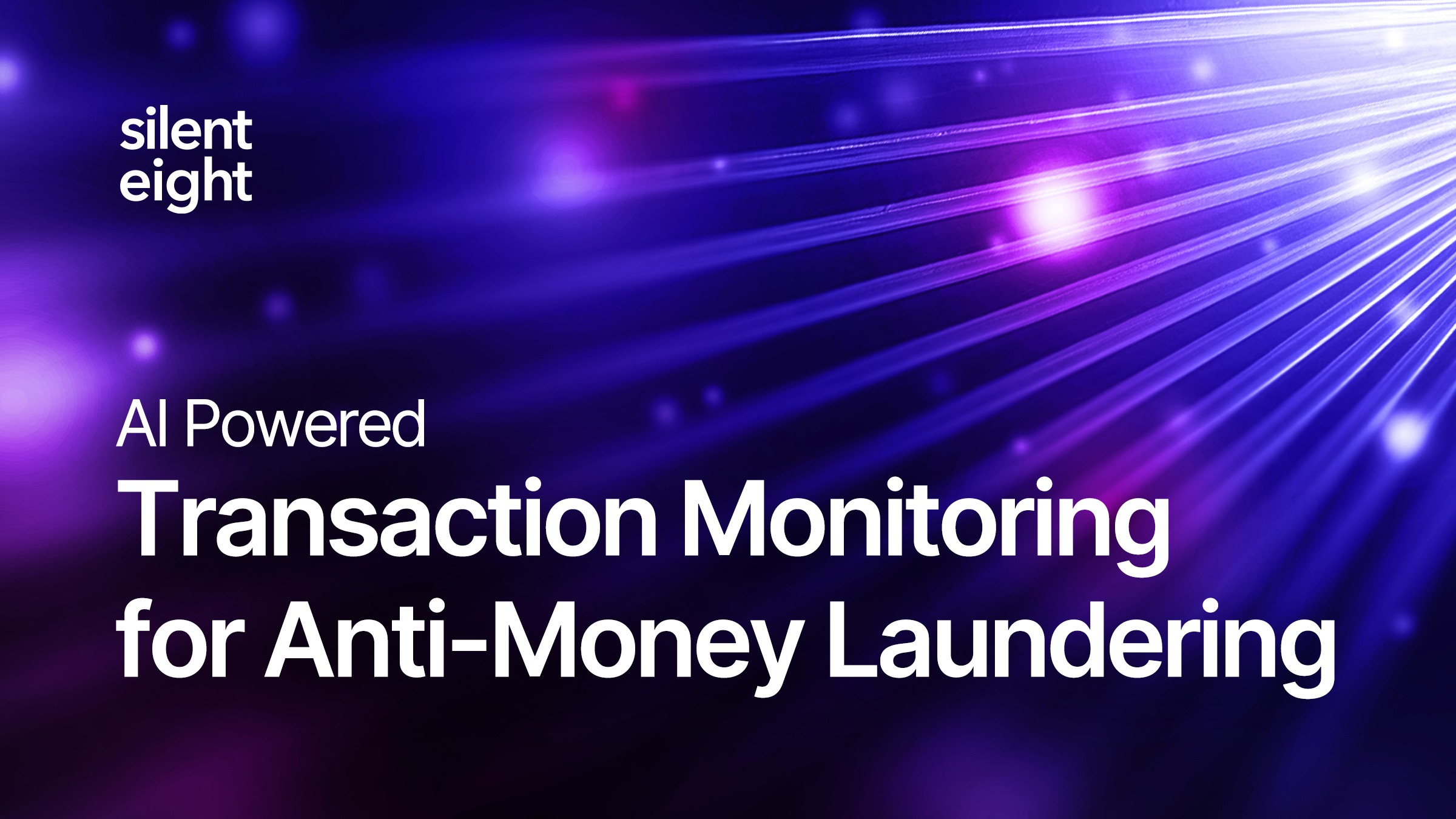
3. Enhance Anti-Money Laundering (AML) and Sanctions ComplianceImplement or upgrade robust AML and sanctions programs, including appointing a dedicated compliance officer as required by the Act. Leverage established solutions such as Chainalysis or TRM Labs for transaction monitoring and risk management.
-

4. Adjust Reserve Management PracticesEnsure that any stablecoins you issue or support are backed 1:1 by eligible reserves—such as U.S. currency, insured bank deposits, or short-term Treasuries. Collaborate with custodians like Fireblocks or Coinbase Institutional for secure, compliant asset management.
-

5. Engage Proactively with Regulators and Industry GroupsOpen communication channels with federal and state regulators, and participate in industry bodies like the Blockchain Association or Chamber of Digital Commerce to stay ahead of regulatory developments and best practices.
Compliance isn’t just about checking boxes; it’s about future-proofing your business model in an environment where regulators are playing catch-up fast. If you’re running a DASP, now is the time to:
- Run scenario analyses on your current revenue streams, how much depends on non-compliant stablecoins?
- Initiate conversations with potential PPSI partners or explore licensing pathways yourself
- Invest in automated transaction monitoring and customer onboarding tools to get ahead of AML requirements
- Communicate early and often with users about upcoming changes
- Monitor regulatory guidance as it evolves, final rules may tighten even further before July 2028
The GENIUS Act’s grace period isn’t just a regulatory buffer, it’s an open invitation for those who can adapt quickly to claim market share in a newly legitimized sector. With billions riding on who gets PPSI status first, expect aggressive moves by major banks and fintechs, and plenty of M and A activity as smaller players seek shelter under bigger compliance umbrellas.
The bottom line: The United States is laying down a clear legal roadmap for USD stablecoin compliance requirements, setting global benchmarks in the process. For digital asset service providers willing to do the hard work now, there’s major upside ahead, a compliant market with less uncertainty, more institutional participation, and ultimately, safer products for end users.
If you want granular detail on what counts as a permitted payment stablecoin issuer or how reserve assets must be structured under the new law, check out these deep dives from leading legal experts: GENIUS Act – New Rules for Stablecoin Issuers (CBH) and GENIUS Act Full Text (Congress. gov).


